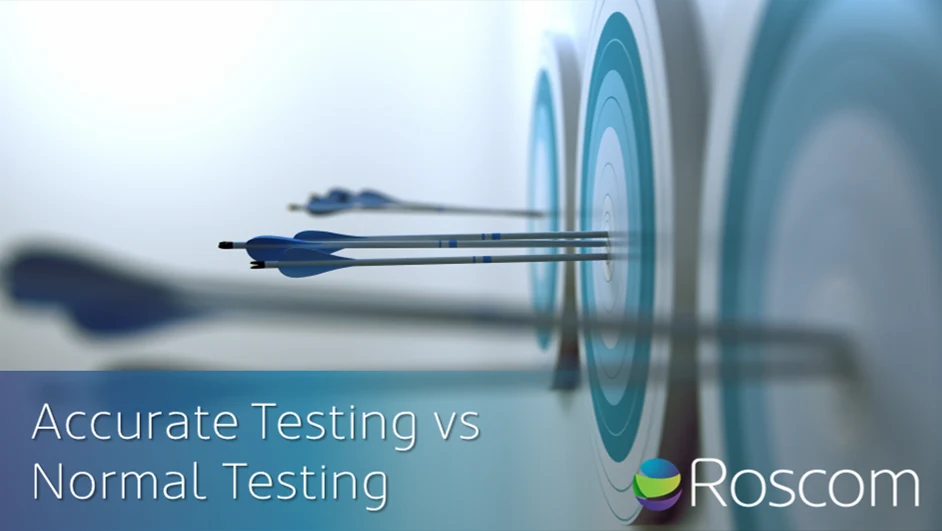Most will agree that the importance of timing accuracy depends on what it is you are measuring. For example (warning: this is very British), if you were making a cup of tea and the teabag instructions say to leave the bag in for 4-5 minutes, it’s fair to say that very few would use a stopwatch to measure the timing. Contrast that with Formula 1 where being able to measure in the hundredths and thousandths of a second is essential for deciding which driver did the fastest qualifying lap. In this vast chasm of timing importance, where does TCG accuracy fit in? Does it matter if a TCG is accurate to 2 seconds or 100 milliseconds, 1KiB or 1 byte?
Let us discuss some of the reporting outputs from TCG and dwell on the impact of timing and metering accuracy. Just to point out: Osprey™ TCG is accurate to ±100ms and ±1byte, whereas we are saying normal TCG might be ±2 seconds and ±1KB:
Service Performance Failures
Outcome to network: Revenue loss due to reduction in network usage.
Outcome to customer: Annoyed with phone network about poor service.
Is millisecond accuracy necessary: No
Osprey™ TCG vs Normal TCG: Draw 1-1

Producing Network KPIs
Outcome to network: Proactive network monitoring – Independent auditable statistics on things like; average network response time, dial time, SMS/MMS delivery times, data speed etc
Outcome to customer: Happy that KPIs are met
Is millisecond accuracy necessary: Yes. With this level of detail, hard evidence can be produced to identify if network performance target SLAs are being met.
Osprey™ TCG vs Normal TCG: 2-1 to Osprey™

Missing CDRs
Outcome to network: Revenue leakage caused by missing CDRs
Outcome to customer: Free usage – woohoo!
Is millisecond accuracy necessary: For most missing record scenarios, no it is not necessary. However, being able to specify tests of 600 milliseconds durations and then detect missing short call CDRs is only possible if your TCG can reliably generate that scenario and then meter it accordingly. If your TCG is only accurate to 2 seconds, how could you ever rely on the data.
Osprey™ TCG vs Normal TCG: 3-1 to Osprey™

Voice Metering Errors
Outcome to network: Incorrect metering can lead to undercharging or overcharging. Undercharging of course results in revenue loss, whilst overcharging can result in regulatory non-compliance.
Outcome to customer: Likely that most wouldn’t notice the error. Only if they started to compare their phone log against their itemised usage.
Is millisecond accuracy necessary: Yes. Everyone will agree that a metering error of 1 second can result in a billing error (take for example tariff boundaries). To be able to identify that level of error, the TCG accuracy level needs to be in the milliseconds.
Osprey™ TCG vs Normal TCG: 4-1 to Osprey™

Duration Rounding Rule Application Errors
Outcome to network: Depending on the rule, this could cause revenue loss or the overcharging of customers.
Outcome to customer: Again it is likely that most wouldn’t notice the error, especially as milliseconds is not usually recorded in phone call logs (e.g. recent calls).
Is millisecond accuracy necessary: Yes, TCG millisecond readings (ideally along with switch MSC records) will soon get to the bottom of whether the correct duration rounding rule is being applied.
Osprey™ TCG vs Normal TCG: 5-1 to Osprey™

Switch Clock Drift / Tariff Boundaries
Outcome to network: Revenue impacted when tariff time boundaries exist, wrong time = wrong price. In addition, a timing error may result in regulatory breach for some countries when the drift exceeds ±1 second.
Outcome to customer: Unlikely to notice unless there is a significant error e.g. wrong by 1 hour.
Is millisecond accuracy necessary: Yes. Monitoring clock drift daily requires a device that is more accurate than the threshold (1 second). Everyone will agree that a timing error of 1 second would result in a billing error at a tariff boundary. To be able to identify that level of error, the TCG timing accuracy level needs to be in the milliseconds.
Osprey™ TCG vs Normal TCG: 6-1 to Osprey™

Data Metering Errors
Outcome to network: Data undermetering causes revenue loss to the network. Generally speaking, most mobile operators over meter customers and explain this in terms and conditions (e.g. ‘background data and the delivery of data services may reduce bundles etc’.).
Outcome to customer: Highly unlikely that customers would even know where to begin with this. Most wouldn’t notice the error. Only if they started to compare their phone download logs against their itemised usage. Even then, the T&C disclaimer would absolve the mobile network of any responsibility.
Is ±1 byte accuracy necessary: Yes. It has been our experience that a lot of mobile operators are not sure what bytes are/are not being recorded by their systems. these systems come pre-configured from providers with different rules as to which bytes are recorded and which are filtered out. Being able to specify the number of bytes uploaded and downloaded by the Osprey™ TCG during a session is invaluable when investigating data rounding issues or verifying URL based charging rules.
Osprey™ TCG vs Normal TCG: 7-1 to Osprey™

There are many more areas and examples that we could talk about, but for the basic purpose of proving the point: does it matter if you have a world-leading accurate TCG compared to a normal TCG, there are seven good reasons to choose the more accurate TCG.
Reminder: Osprey™ TCG is accurate to ±100ms from an independent consumer perspective. We are talking about the importance of tenths of a second, not hundredths or thousands of a second. After all, here in the UK it is Ofcom that stipulated any metering difference of greater than one second should be considered an error. So technically, cutting to the point, a TCG that is only accurate to 2± seconds cannot identify a metering error of 1 second.
Did You Find This Article Helpful?
Why not sign up to our newsletter:







